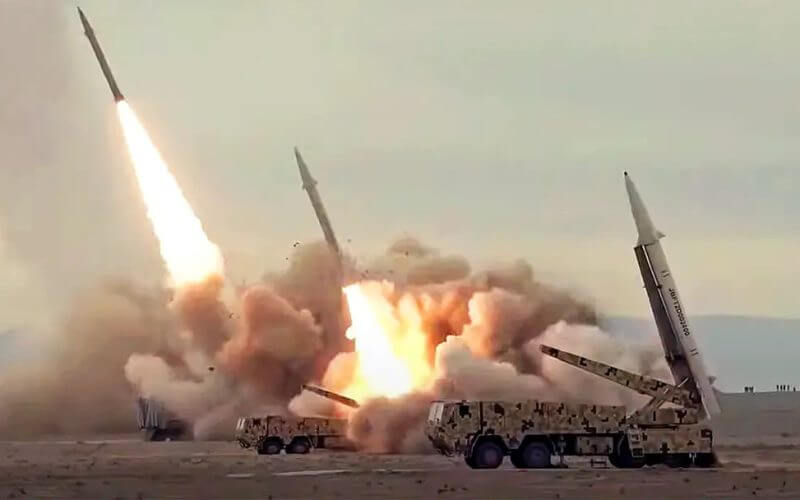It has become abundantly clear that absent battlefield successes, Russia is now going to make the Ukrainian people suffer as badly as possible — via conventional attacks on critical infrastructure — in an attempt to break their will. This strategy has been highlighted by the now constant strikes on Ukrainian power generation and electricity distribution infrastructure via cruise missiles and Iranian long-range suicide drones.
Now, just as we predicted, all indications point to Russia acquiring hundreds of Iranian short-range ballistic missiles, like the Fateh-110 and Zolfaghar types. This is a much bigger problem than many seem to realize, including for those living in the vast majority of Ukrainian territory that remains outside of Moscow's control. Simply put, these weapons will be very challenging if not impossible for Ukraine to defend against, they pack a major punch, and they can strike nearly anywhere in the country, putting Ukraine's already battered energy infrastructure, in particular, at extreme risk.
While the unsettling truth here is that Ukraine will have very little means of defending its electricity infrastructure, and other targets for that matter, from attacks by imported Iranian ballistic missiles, Russia's dwindling stockpile of cruise missiles, as well as Iranian-provided drones, have already taken their toll on the country's energy ecosystem. But Ukraine's defenses against these 'air breathing' weapons have been improving and they are now on the precipice of making a major capability leap.
The arrival of NASAMS will drastically improve Ukraine's ability to protect key population centers from these attacks, and the first German IRIS-T SLM systems delivered to the country are already hard at work doing so. Both are uniquely suited to localized area air defense against these threats. NASAMS, in particular, with its deep supply of ammunition in the form of AIM-120 AMRAAMs — a critical feature that you can read all about here — will be especially effective in this regard. But defending against low-flying cruise missiles and drones reliably is very challenging for even the world's most advanced air defense network, so even with these upgrades, significant numbers of these weapons could still leak through. Regardless, the key point here is that neither of these Western air defense systems provides any sort of robust ability to intercept the Iranian ballistic missiles that could arrive at any moment.










